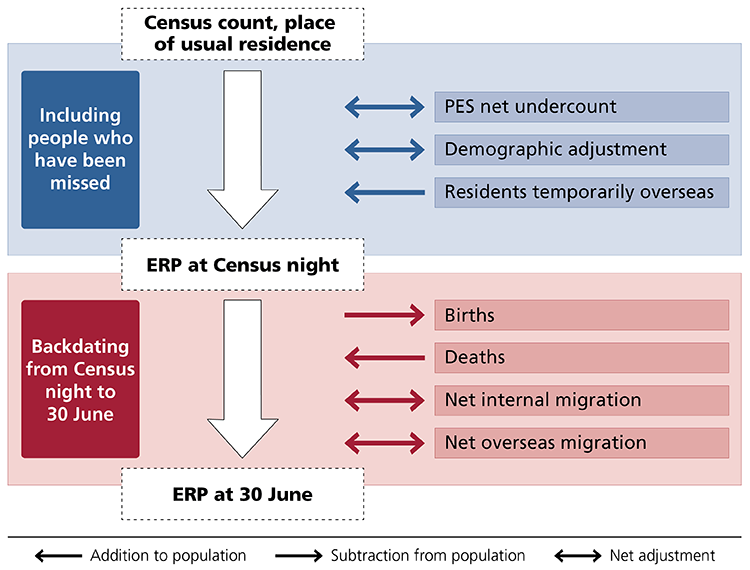Five years of quarterly population estimates
[["Jun-16","Sep-16","Dec-16","Mar-17","Jun-17","Sep-17","Dec-17","Mar-18","Jun-18","Sep-18","Dec-18","Mar-19","Jun-19","Sep-19","Dec-19","Mar-20","Jun-20","Sep-20","Dec-20","Mar-21","Jun-21"],[[24190907],[24299853],[24389684],[24518355],[24601860],[24701882],[24773350],[24898631],[24982688],[25089700],[25171291],[25292967],[25365745],[25472266],[25557914],[25668656],[25693267],[25681281],[25683875],[25705356],[25740290]],[[24190907],[24297895],[24385879],[24512578],[24594202],[24691991],[24761449],[24884597],[24966643],[25071202],[25150532],[25269796],[25340217],[25443911],[25526836],[25634365],[25655289],[25639649],[25638652],[25656630],[25688079]]]
[]
[{"axis_id":"0","tick_interval":"","axis_min":"","axis_max":"","axis_title":"","precision":-1,"axis_units":"","tooltip_units":"","table_units":"","data_unit_prefix":"","data_unit_suffix":"","reverse_axis":false}][{"value":"0","axis_id":"0","axis_title":"Persons ","axis_units":"","tooltip_units":"","table_units":"","axis_min":null,"axis_max":null,"tick_interval":null,"precision":"-1","data_unit_prefix":"","data_unit_suffix":"","reverse_axis":false}]